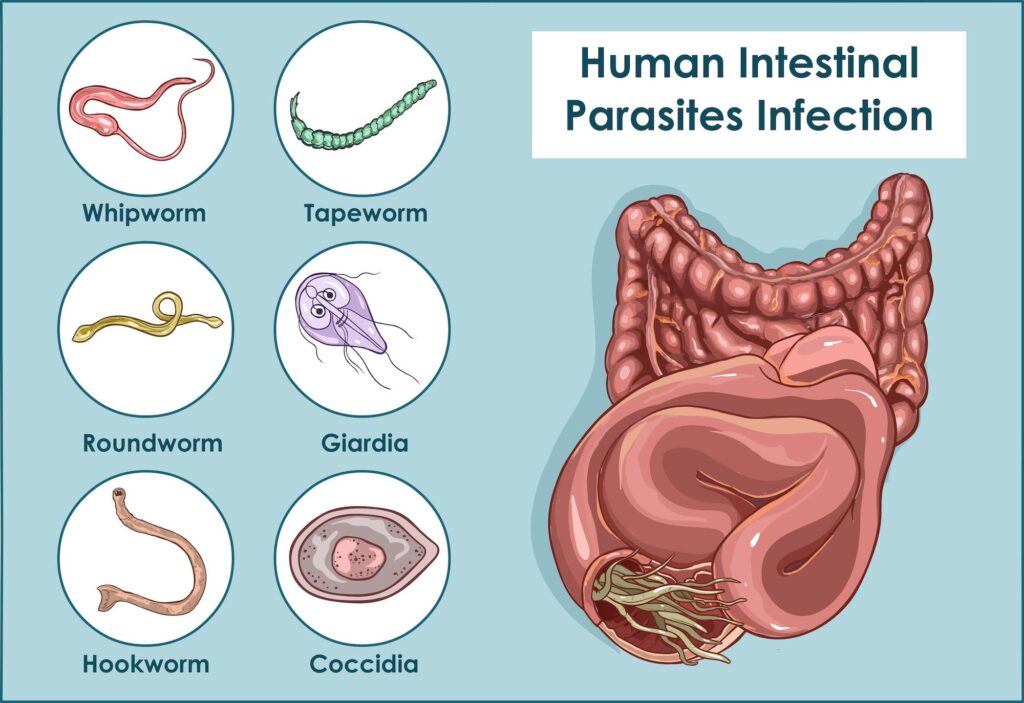In a surprising discovery that challenges our understanding of survival strategies in the microscopic realm, scientists have identified a prevalent parasite capable of camouflaging itself by adopting the very cells it invades. This remarkable finding, highlighted in an article by ScienceAlert, illuminates the complex and often troubling dynamics between hosts and their parasites. As researchers investigate the underlying mechanisms of this extraordinary biological strategy, they raise essential questions regarding its evolutionary significance and potential ramifications for human health. This revelation not only enhances our comprehension of parasitic behavior but also emphasizes the ongoing struggle between hosts and their intruders within the constantly changing landscape of infectious diseases.
The Startling Strategy of Parasite Mimicry: Utilizing Host Cells for Disguise
The phenomenon known as parasite mimicry exemplifies evolutionary ingenuity, where certain parasites infiltrate host cells to effectively don their cellular structures as a form of invisibility cloak. By deceitfully imitating the surface proteins found on host cells, these invaders gain a crucial edge by eluding detection from the immune system. This clever tactic operates through intricate mechanisms that involve commandeering cellular machinery responsible for producing these proteins. Consequently, the cellular framework of the host becomes indistinguishable from that of the parasite, thereby delaying immune responses and ensuring its continued existence within an unsuspecting host.
Recent studies have unveiled several key strategies employed by these parasites to achieve their disguise:
- Protein Imitation: The parasite modifies its own proteins to closely match those found in its host.
- Manipulation of Cellular Machinery: By engaging with pathways in the host’s endoplasmic reticulum, parasites exploit essential processes for protein synthesis.
- Avoidance Tactics: Distributed mimics can mislead immune cells into overlooking them entirely.
The astonishing adaptations displayed by these organisms not only reflect an unyielding arms race between hosts and parasites but also prompt new inquiries into cellular communication and immune response dynamics. Gaining insight into these mechanisms could lead to groundbreaking treatments aimed at reclaiming control from such biological impostors.
Impact on Human Health: The Significance of Disguised Parasites in Disease Identification
The recent insights regarding camouflage techniques utilized by specific parasites carry significant implications for disease identification and management practices. As these organisms adeptly conceal themselves using components derived from host cell membranes, they pose considerable challenges when it comes to diagnosing infections accurately. Conventional diagnostic methods may fail to recognize these stealthy pathogens, potentially resulting in misdiagnosis or underreporting concerning disease prevalence rates. Healthcare professionals must now account for such disguises within their diagnostic frameworks since traditional assays might overlook organisms that seamlessly blend with their host’s cellular composition.
Moreover, comprehending this disguise strategy could facilitate innovative diagnostic approaches. By concentrating on unique molecular signatures that persist despite camouflage efforts, researchers may devise targeted tests capable of identifying infections more precisely. Some promising strategies include:
- Enhanced imaging technologies, allowing visualization of concealed parasites.
- Sophisticated molecular techniques, designed to detect specific markers associated with parasitic presence.
- A comprehensive analysis combining profiling responses from hosts, alongside conventional testing methods.
Taking into account these developments is crucial; public health officials must adapt strategies accordingly while considering how intricately intertwined relationships between hosts and parasites affect emerging diagnoses amidst evolving challenges.
Strategies for Prevention and Future Research Paths: Addressing Parasitic Infiltration
In light of alarming tactics employed by evasive parasites against host immunity systems, experts advocate adopting a multidisciplinary approach focused on prevention alongside early detection measures.
Enhancing public health initiatives is vital—especially in regions where parasitic infections are widespread—through efforts such as:
- Improved sanitation protocols to mitigate parasite transmission risks . li >
- Awareness campaigns aimed at educating communities about potential dangers along with preventive actions . li >
- Investment directed towards vaccine research , particularly targeting vulnerable populations . span > li >
ul >Future investigations should delve deeper into how exactly various types manipulate fundamental processes occurring within hosting organisms .
< span style = " font-weight : bold ; " > Grasping those interactions span >may unveil novel intervention possibilities . Potential research avenues might encompass : p >
Looking Ahead: Future Perspectives on Parasitology Research Insights!Research Focus Expected Outcomes
